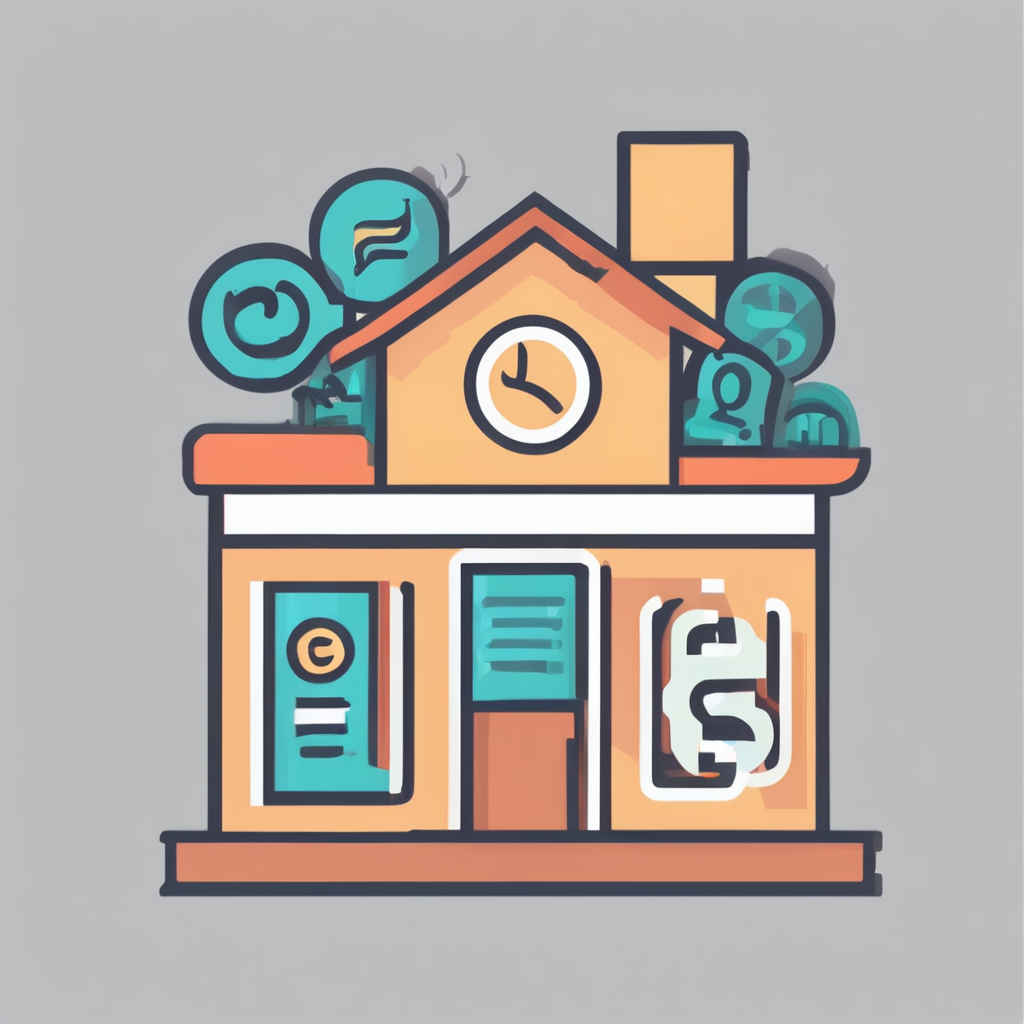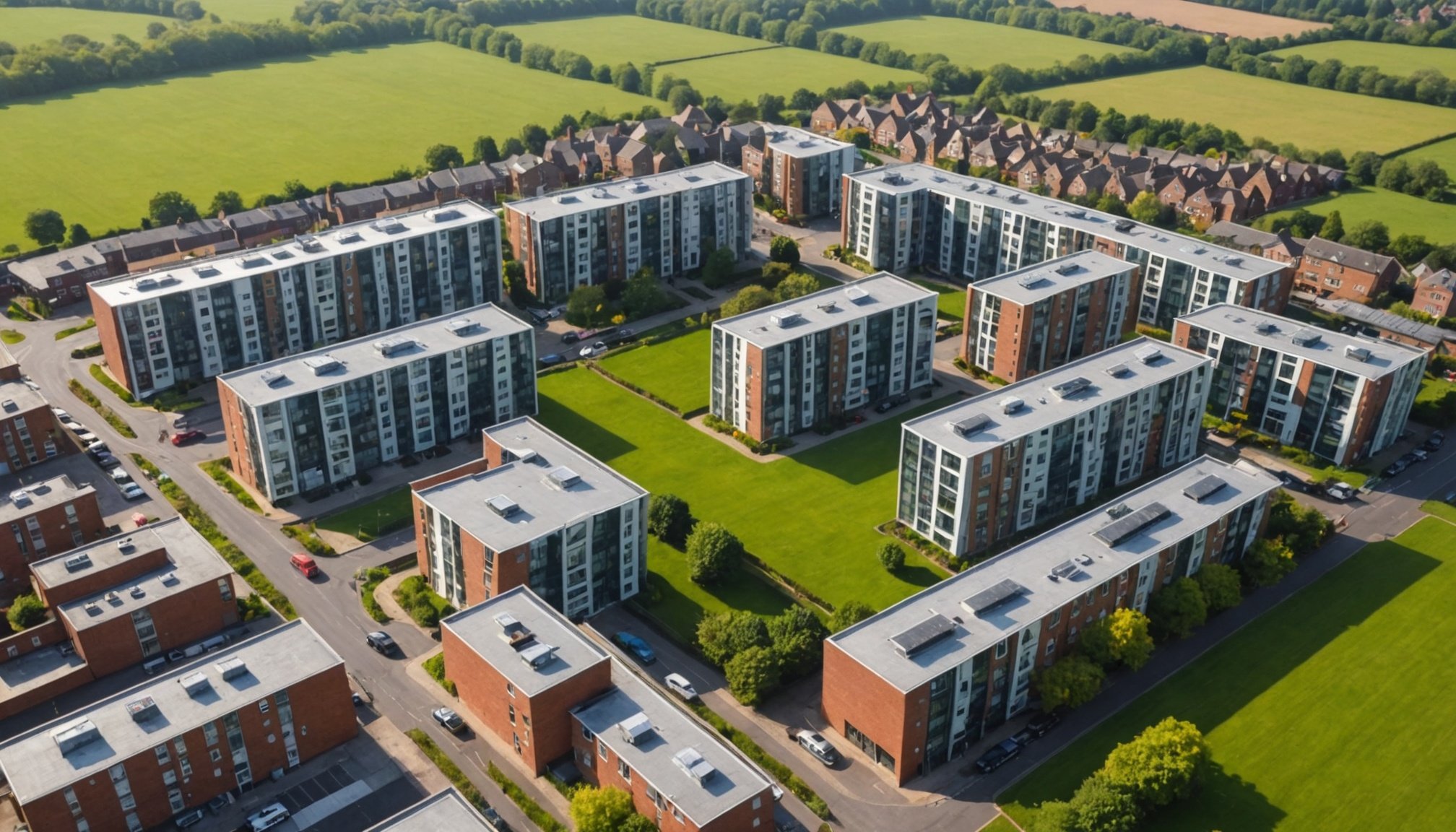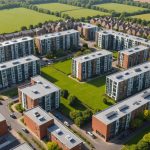In the evolving landscape of property development, environmentally conscious choices are at the forefront of priorities for both developers and homeowners. The drive toward green energy and sustainable living has never been more pressing, and with it comes a plethora of financial opportunities for those seeking to build or invest in eco-friendly homes. This article explores the various financing options available in the UK for those planning to undertake energy-efficient property developments, shedding light on government incentives, green mortgages, and other financial products tailored to support sustainable building. Understanding these options will help you navigate the complexities of eco-friendly property investment in an informed and effective manner.
Understanding Green Mortgages
As eco-friendly homes gain popularity, green mortgages have emerged as a prime financial tool to aid in sustainable property development. A green mortgage is a type of home loan specifically designed to finance energy-efficient homes, offering various benefits to encourage environmental responsibility.
Also read : How can foreign investors navigate the UK property tax landscape?
What is a Green Mortgage?
A green mortgage, also known as an eco-mortgage, is a financial product aimed at properties with a high energy efficiency rating. These mortgages provide incentives such as lower interest rates, cashback offers, or reduced fees, making them an attractive option for those looking to invest in greener properties.
In the same genre : How can property developers in the UK assess the feasibility of a new residential project?
Eligibility and Benefits
To qualify for a green mortgage, properties often need a certain level of Energy Performance Certificate (EPC) rating, usually a B or above. The benefits are numerous, including:
- Lower Interest Rates: Lenders may offer reduced rates, reflecting the lower risk associated with energy-efficient homes.
- Cashback Incentives: Many green mortgages come with cashback offers to encourage investment in eco-friendly features.
- Reduced Monthly Payments: With efficient energy use, homeowners save on utility bills, making the overall financial burden lighter.
Choosing the Right Green Mortgage
When selecting a green mortgage, consider factors such as:
- Loan Terms: Investigate the flexibility of repayment terms.
- Eligibility Requirements: Ensure your property meets the necessary EPC rating.
- Lender Reputation: Opt for lenders known for supporting sustainable initiatives.
Government Incentives and Schemes
In an effort to promote sustainable building, the UK government has introduced various incentives and schemes designed to financially support eco-friendly property developments.
The Green Homes Grant
Though recently phased out, the Green Homes Grant was a significant initiative, providing vouchers to homeowners aiming to improve their property’s energy efficiency. However, its spirit continues through other ongoing schemes.
The Renewable Heat Incentive (RHI)
The RHI is another government-backed program encouraging the adoption of renewable heating systems. This scheme provides financial incentives to those who install systems like solar panels or heat pumps, effectively reducing the upfront costs of integrating green energy solutions into homes.
Local Authority Initiatives
Beyond national programs, many local councils offer grants or loans to support the development of eco-friendly properties. These initiatives vary by region, but they typically aim to boost the adoption of energy-efficient building practices.
Tax Benefits
In addition to direct financial incentives, the UK government offers tax benefits for sustainable building investments. Reduced VAT rates on energy-saving materials or systems can significantly decrease overall costs, making such projects more financially feasible.
By leveraging these government schemes, you can reduce the financial burden associated with building or upgrading properties to meet high energy efficiency standards.
Private Sector Financing Options
Beyond government incentives, the private sector offers a variety of financial products tailored to support eco-friendly property developments. Financial institutions and corporations are increasingly recognizing the value of sustainable investments and are crafting products to meet this growing demand.
Green Investment Loans
Many banks and financial institutions are now offering loans specifically designed for environmentally sustainable projects. These loans typically come with competitive interest rates and flexible terms, making them an attractive option for developers looking to finance green construction.
Eco-friendly Building Funds
Investment funds focused on green building projects are on the rise, providing capital for large-scale developments that prioritize energy efficiency and sustainability. These funds often attract investors interested in environmentally conscious projects, offering them a chance to support green initiatives while potentially reaping financial rewards.
Partnerships with Environmental Organizations
Collaborations between developers and environmental organizations are becoming more common. These partnerships can provide additional financial resources or expertise, aiding in the development of properties that meet stringent sustainability standards.
Energy Efficiency Rebates
Utility companies often offer rebates for homes or developments that meet certain energy efficiency criteria. These can significantly offset the costs of implementing advanced green technologies, making them a valuable resource for those looking to build sustainably.
By exploring these private sector options, developers and homeowners can find financial solutions that align with their sustainability goals while ensuring economic feasibility.
Creating a Financial Plan for Green Developments
Embarking on an eco-friendly property development requires a well-thought-out financial plan. To ensure success, it’s crucial to consider various factors and integrate sustainable practices into every stage of the project.
Assessing Project Costs
Begin by thoroughly evaluating the costs associated with building an energy-efficient property. This includes:
- Initial Construction Expenses: Account for the premium associated with eco-friendly materials and technologies.
- Long-term Operational Savings: Factor in reduced utility costs due to energy efficiency.
Securing Financing
Once costs are understood, explore financing options that support your sustainable objectives. Consider:
- Combining Incentives and Loans: Utilize a mix of government incentives, green mortgages, and private loans to fund the project.
- Evaluating Cashback Offers: Look for lenders offering cashback as part of their eco-mortgage products.
- Budgeting for Contingencies: Environmental projects can face unexpected challenges; ensure your plan includes a financial buffer.
Monitoring and Adjusting the Plan
During construction, regularly review your financial plan to remain on track. Adjust as needed in response to changes in costs or unforeseen circumstances.
Setting Long-term Goals
Your financial plan should also outline long-term sustainability goals. Consider:
- Planned Updates: Schedule future updates or retrofits to maintain energy efficiency.
- Performance Metrics: Establish benchmarks to measure your property’s environmental performance over time.
By crafting a comprehensive financial plan, you can ensure the economic viability of your eco-friendly development while fulfilling your commitment to sustainability.
With the increasing demand for sustainable living, the financial landscape for green property developments is expanding rapidly, offering a myriad of options to support eco-friendly construction. From green mortgages and government incentives to private sector loans and partnerships, UK developers and homeowners have a variety of tools at their disposal to bring their environmental visions to life. By carefully selecting the right financial products and creating a robust financial plan, you can ensure that your property development is both economically and environmentally sound. Embracing these opportunities not only contributes to a healthier planet but also positions you at the forefront of a growing market trend toward sustainable living solutions.











